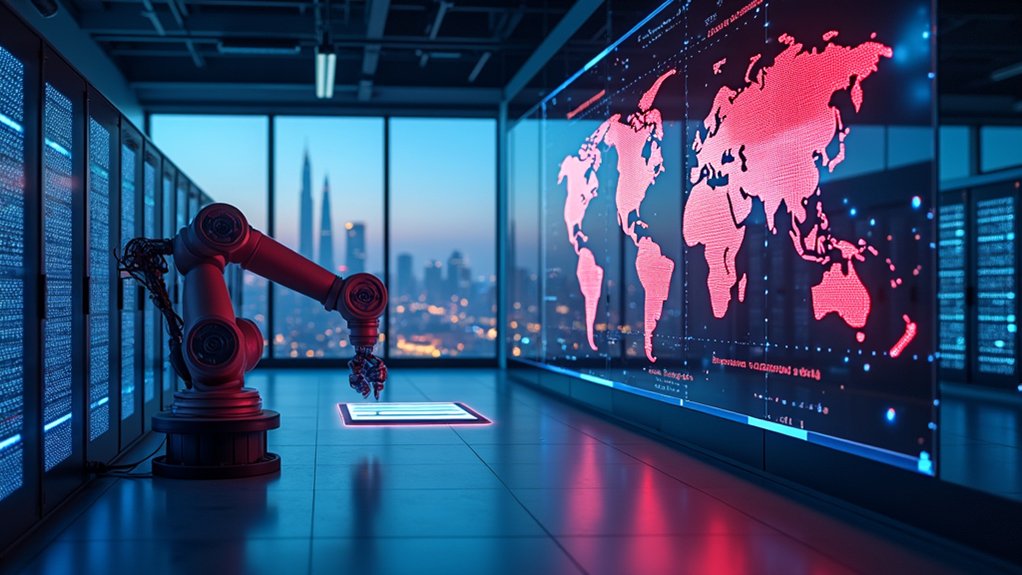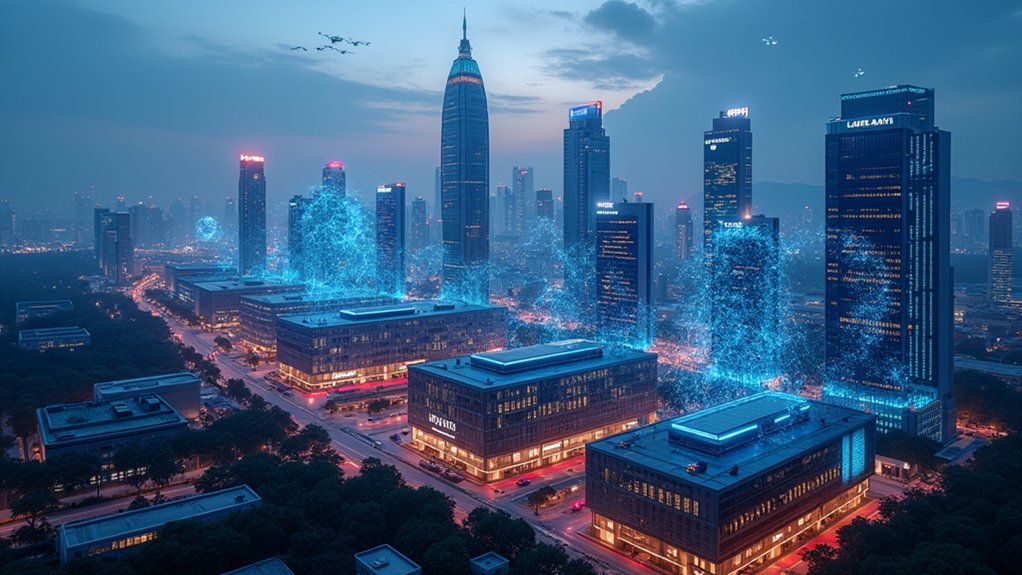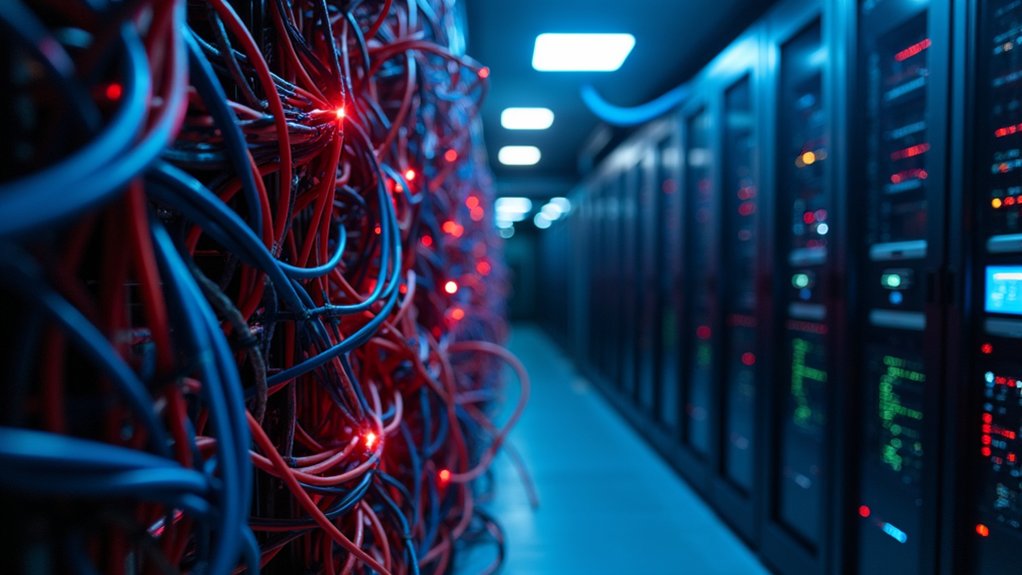While the United States still dominates much of the global technology landscape, China has emerged as a formidable AI powerhouse practically overnight. Beijing isn’t messing around. Its 2017 “New Generation AI Development Plan” laid out an ambitious roadmap to global AI leadership by 2030, and they’re checking boxes faster than most expected. The numbers don’t lie – a staggering $912 billion in government VC funds over the past decade, with $210 billion specifically targeting AI-related firms. That’s commitment, folks.
China’s approach is methodical and thorough. They’ve built over 2,000 undergraduate AI programs since 2018, churning out nearly half of the world’s top AI researchers. Remember when “Made in China” meant cheap knockoffs? Those days are gone. Now they’re filing more AI patents than anyone else and developing indigenous models like DeepSeek and Yi that increasingly rival Western alternatives – often at a fraction of the cost. DeepSeek exemplifies this cost-efficiency by training their advanced AI model for under 6 million dollars using just 2,000 chips.
China’s AI transformation isn’t accidental—it’s strategic, producing top talent and indigenous models that challenge Western dominance.
The military implications? Downright unsettling. The PLA is all-in on “intelligentized warfare,” developing AI-enhanced drones, missile systems, and electronic warfare capabilities. They’re even repurposing open-source Western models like Meta’s Llama for military applications. Talk about using your rival’s tools against them!
This AI race isn’t just academic. Goldman Sachs projects GenAI could boost China’s GDP by 0.3 percentage points by 2030, while PwC’s estimates are even more dramatic – a potential $7 trillion AI contribution representing over 26% of GDP. That’s economic transformation on a scale that shifts global power dynamics.
US export controls on advanced chips and manufacturing equipment were supposed to slow China down. Spoiler alert: they’re finding workarounds. The decoupling of AI ecosystems is creating parallel technological universes with different rules and capabilities. The country’s investments in advanced technologies like 5G networks and green data centers provide crucial infrastructure for their rapidly developing AI applications.
Meanwhile, China leads in AI integration across sectors – from surveillance to manufacturing to healthcare. The AI century is here, and despite America’s head start, this race is far from decided.




